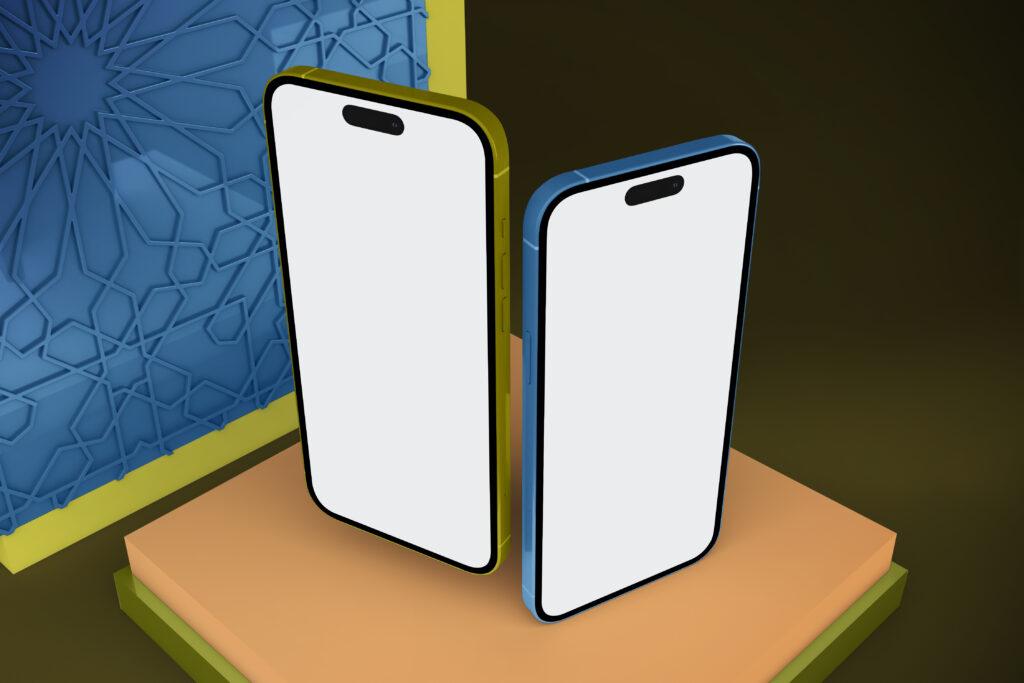Introduction
In today’s digital age, mobile applications have become an integral part of our lives. From communication and entertainment to productivity and education, apps offer a wide range of functionalities. If you’ve ever had an idea for an app and want to bring it to life, this beginner’s guide will provide you with a step-by-step overview of Android app development. Android, being the most popular mobile operating system globally, offers a vast user base and exciting opportunities for aspiring developers. So, let’s dive in and explore the process of building your first Android app!
- Understand the Basics
Before you embark on your Android app development journey, it’s crucial to familiarize yourself with the basics. Android apps are primarily developed using the Java or Kotlin programming languages. While knowledge of Java is beneficial, Kotlin has gained popularity for its concise syntax and modern features. Take some time to learn the fundamentals of either language to get started.
- Set Up the Development Environment
To develop Android apps, you’ll need to set up your development environment. Android Studio, the official integrated development environment (IDE) for Android, provides all the necessary tools and resources. Download and install Android Studio, ensuring that you have the latest version and required SDKs (Software Development Kits) for your target Android version.
- Define Your App Idea and Design
Having a clear app idea and a well-defined design is essential for a successful development process. Start by identifying the problem your app will solve and outline its core features. Sketch a basic user interface (UI) design and create wireframes to visualize the app’s layout and navigation flow. Tools like Sketch, Figma, or Adobe XD can assist you in creating these designs.
- Create the Project Structure
Once your design is ready, it’s time to create the project structure in Android Studio. Start a new project and define the app’s name, package name, and other essential details. Android Studio will generate the initial project structure with the necessary files and folders.
- Develop the User Interface
The user interface (UI) of an app determines its look and feel. Android Studio provides a drag-and-drop interface builder, called the Layout Editor, which allows you to design your app’s UI visually. Use XML files to define the layout structure and customize the appearance of various UI elements like buttons, text fields, and images.
- Implement Functionality with Code
With the UI in place, it’s time to implement the app’s functionality using code. This involves writing Java or Kotlin code to handle user interactions, process data, and communicate with external services if needed. Android Studio’s extensive set of libraries and APIs simplifies common tasks such as accessing device sensors, handling network requests, and working with databases.
- Test Your App
Testing is a critical phase of app development to ensure its reliability and user satisfaction. Android Studio provides various testing frameworks and tools to help you validate your app’s functionality. Write unit tests to verify individual components, and perform user interface tests to simulate user interactions and check for any bugs or inconsistencies.
- Publish Your App
Congratulations! Your app is ready for the world. Before publishing it on the Google Play Store, thoroughly review your app, ensuring it meets the store’s guidelines and policies. Create a developer account, generate the necessary assets like app icons and screenshots, and prepare an engaging app description. Follow the submission process, and once approved, your app will be available for users to download and enjoy.
Conclusion
Embarking on the journey of Android app development can be both exciting and rewarding. By understanding the basics, setting up the development environment, designing your app, implementing functionality, testing thoroughly, and publishing on the Google Play Store, you can turn your app idea into a reality. Remember to continually learn and explore new features and technologies to enhance your app-building skills. Good luck with your first Android app development endeavor!

